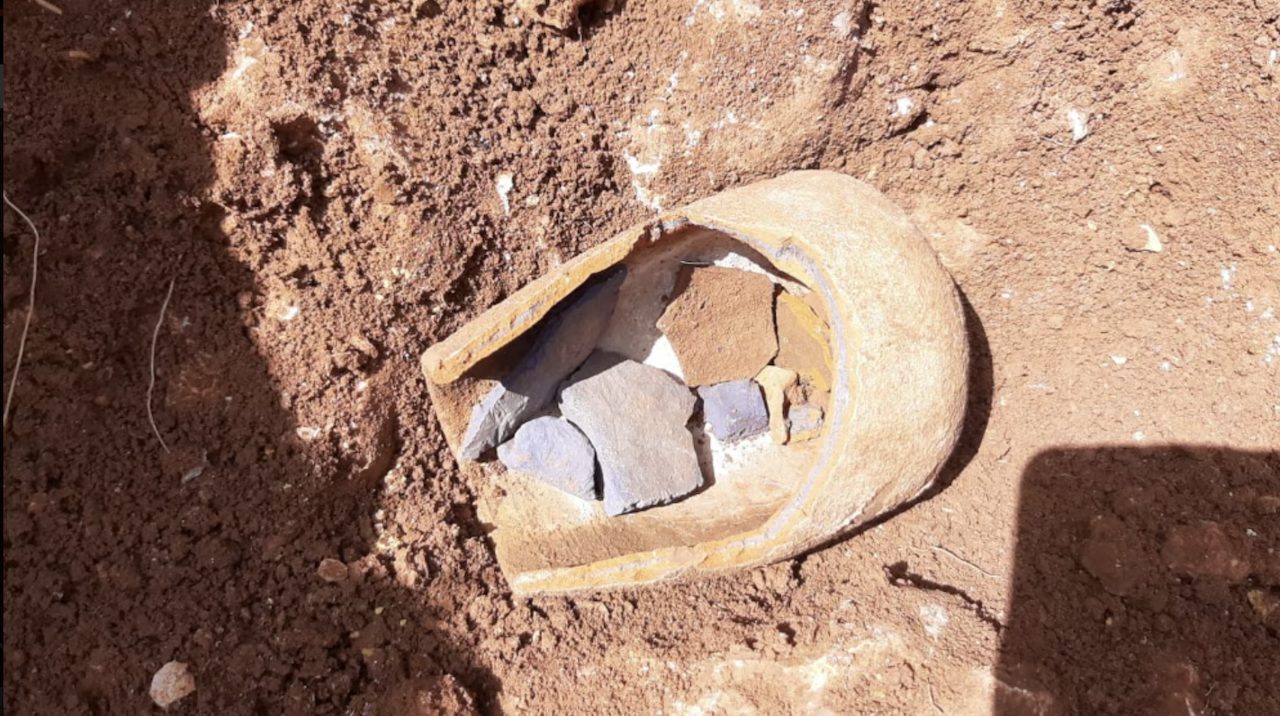(Mike Maharrey, Money Metals News Service) We know that people have valued gold and silver for thousands of years, but new evidence reveals that people were using the metals in a much more sophisticated way earlier than originally thought.
French researchers have found the oldest known indirect evidence of gold refining.
Archaeologists originally thought gold refining began with the Lydians, a people group who lived in what is now Turkey. In the 1960s, researchers discovered a gold refinery dating back to around 600 B.C.E. According to Science.org, Lydian refiners combined gold ore mined from the nearby Pactolus River with salt, chalk, and animal urine.
“After heating the mixture to more than 800°C and letting it cook for several days, the process separates out impurities—including traces of silver naturally present in the ore—and leaves behind pure gold.”
Archaeologists have discovered gold artifacts that date far earlier than the development of refining – as early as 4,500-4,000 B.C.E. These objects were shaped from natural gold without refining using heating and hammering techniques.
With the advent of refining, people could extract gold from ore and separate it from other metals, creating higher-purity gold objects.
To better understand gold refining, a team of researchers led by Francis Albarède from École Normale Supérieure of Lyon (ENS Lyon) analyzed Egyptian and Persian silver artifacts.
They used silver artifacts because the metal is a common byproduct of gold refining. Natural gold ore typically contains between 10 and 40 percent silver by mass.
Albarède said four artifacts contained silver consistent with metal produced as a byproduct of gold refining. These objects are dated earlier than 1,600 B.C.E.
“It looks like what you’d expect from a gold ore deposit,” Albarède said.
This indicated people were refining gold some one thousand years earlier than originally thought.
Silver as Money
In a separate finding, a multidisciplinary study conducted by researchers at the University of Haifa discovered silver was being used as money in Israel 3,600 years ago, long before the invention of coins.
Researchers analyzed dozens of silver stashes dating back to the Bronze and Iron Ages.
According to Dr. Tzilla Eshel, “The evidence shows that despite the absence of coins, silver was regularly used as a payment method, stored for future transactions by both institutions and individuals.”
Archaeologists originally thought these silver hoards were jeweler surpluses, raw metal stockpiles, or religious offerings. But evidence indicates the silver served as weight-based currency.
Eshel said this reveals that sophisticated money-based economies evolved earlier than previously thought.
“The first coins appeared in the 7th century BCE, but monetary system principles—uniformity, value control and even forgery—operated here centuries earlier. The continuous use of silver points to a sophisticated economy that evolved organically within society.”
This supports Carl Menger’s theory on money. In his 1871 essay, On the Origins of Money, the Austrian economist presented a theory that money emerged spontaneously over time. It was not created by government decree or fiat.
Early cultures bartered goods directly but quickly learned that this was an inefficient process due to the double coincidence of wants. For a barter trade to occur, both parties must want what the other has at the same time. This led to indirect exchange. People realized they could trade for things they didn’t necessarily want, but that they could trade for things they did want later. For instance, a farmer might trade corn for salt, even if he doesn’t need salt, because he knows others value it and he can later trade it for tools or cattle.
Over time, certain commodities (specifically gold and silver) became more widely accepted and evolved into money because they satisfied the requirements for good money – scarcity, divisibility, durability, and recognizability.
Governments later monopolized coinage, but money emerged naturally long before.
The recent discovery in Israel supports Menger’s theory.
The bottom line is that gold and silver have been valued throughout most of human history, and of course, it is still valued today. People all over the world will accept gold and silver, even if they don’t want dollars, euros, or yuan.
Photo: Silver hoard dating to 600 BCE (Dr. Shai Bar)
Mike Maharrey is a journalist and market analyst for Money Metals with over a decade of experience in precious metals. He holds a BS in accounting from the University of Kentucky and a BA in journalism from the University of South Florida.

